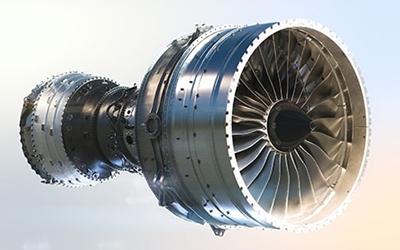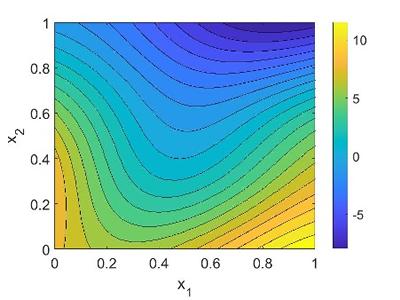Brief description
Our research enables engineers to simultaneously improve engine performance whilst reducing time to market through a combination of machine learning and CAD automation.

Our research enables engineers to simultaneously improve engine performance whilst reducing time to market through a combination of machine learning and CAD automation.

The drive for continual improvements in gas turbine performance, such as reduced emissions or fuel consumption, requires novel solutions from the gas turbine design engineer. However, the desire to remain globally competitive continues to reduce the time these designers have to develop and improve their designs.
Whilst computational simulations are a cornerstone of modern engineering design and can considerably reduce the need for physical testing, they can become burdensome when the designer is tasked with repeatedly setting up such simulations. This can form a bottle neck in the design process preventing designers from fully exploring the potential of their ideas resulting in a sub-optimal design.
The challenge of our research has been to develop novel ways in which this burden can be removed from the designer thereby enabling more designs to be tested whilst providing the tools to use this wealth of data to more efficiently drive design improvement.
The drive for improvements in engine performance and emissions is perhaps felt most keenly in the development of the gas turbine combustion chamber.
We have developed a software tool, Prometheus, which automatically generates simulations of the fluid and combustion chamber structure thereby removing this burden from the designer. This enables the designer to investigate wider ranges of emission reducing concepts in shorter periods of time. Coupling this system with our in-house machine learning tools allows design engineers to exploit the increased amount of data driving the combustion system to a lower emission more fuel efficient design in a shorter time period than would otherwise be possible.
This research is funded by Rolls-Royce Plc. and the Aircraft Technology Institute.
To date the Prometheus combustor design system has been applied to multiple Rolls-Royce engine projects to gauge how exit temperature profiles, air fuel ratios and emissions respond to changes in combustor design.
Key Publications:

Figure 2: A CFD fluid volume automatically generated via the Prometheus combustor design system as part of a combustor design optimisation workflow

Figure 3: A prediction of the percentage change in combustor NOx production from a Gaussian process surrogate model constructed from CFD simulations automatically created by the Prometheus system

Figure 4: Computational prediction of the temperature inside a gas turbine combustor.